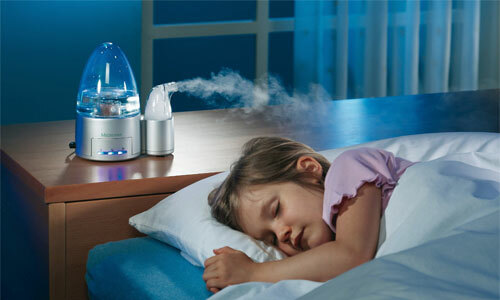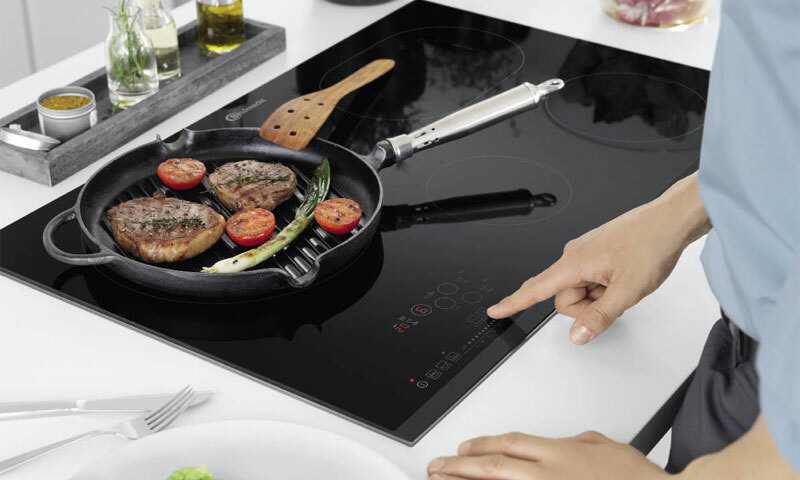Nowadays, laminate has become one of the most popular flooring because of its beauty and practicality, as well as ease of installation. But the length of his service depends not only on the quality of the material or the work of the master, but also on the preparation of the foundation. An important role in noise reduction and durability of such a coating is the substrate for the laminate.
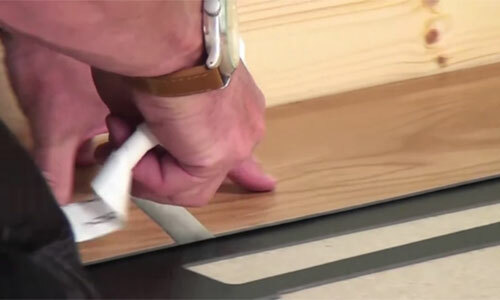
What is it and what is it for?
The substrate is an indispensable companion for laminate coating, performing a number of important functions. First, it protects the laminate from direct contact with the floor, additionally being a vapor barrier. Secondly, it performs the function of soundproofing under impact load, for example, when the object falls or knocks the heels. Of course, no one can completely isolate the sound, but it is quite possible to make the sound more quiet and deaf. And, finally, the third, and most important function - smooths the unevenness of the floor, while performing the function of the shock absorber.
Let's figure out which substrate to choose under the laminate.
Dimensions
The thickness of this material can be different, and you need to choose it depending on the type of floor. The thinner and thinner the substrate, the smoother the floor on which it is laid. The ideal thickness for the floor with small irregularities is 2-3 mm, for an even floor - 2 mm. It is not recommended to use thicker types when laying a laminate, as the laminated coating will strongly bend, which will increase the risk of breakage of the joints and greatly reduce the lifetime of the laminate.
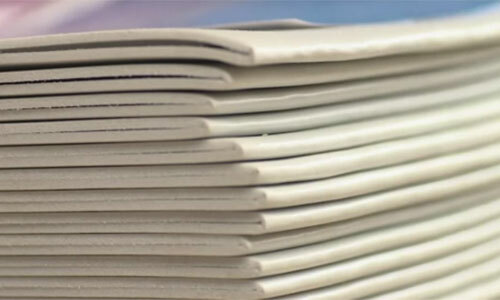
There are several types of this material, each of which has its advantages and some drawbacks. When laying flooring it is important to choose the most suitable. Let us consider them in more detail.
Kinds of substrates for a laminate
Substrate from an isofon( foam)
Is the most bought and extended because of the reasonable price and good quality. Its thickness is from 0.8 mm to 6 mm. Such a sheet substrate has a number of significant advantages: it smooths the unevenness of the floor, and also keeps the heat perfectly. In addition, it protects against steam and moisture, since the material is filled with air.
The shortcomings of the isoflex( iso-lone) substrate can be attributed to the variability of its thickness. Since under pressure it becomes much thinner, and possibly the appearance of squeaks. There is also a risk that the laminate locks can fail. Another negative indicator of the substrate from this material is weak sound insulation.
Substrate under laminate of expanded polystyrene
Perhaps, this is one of the best substrates for laminated coating. It combines the main advantages of isolone, but at the same time it significantly exceeds it by its operational parameters. Styrofoam keeps the heat well and provides excellent sound insulation. In addition, it is much denser than the isoflex, its thickness and texture does not change under pressure and is not compressed.

The main advantage of this material is a higher strength than polyethylene foam, and, consequently, a longer period of operation. The disadvantages include poor leveling ability, which is a consequence of its strength.
Substrate based on cork
This is environmentally friendly material, therefore in rooms where people spend the most time - hall, bedroom - it is better to use this substrate. It is considered the most preferable when laying a laminate flooring, as well as one of the most expensive. It combines such qualities as sound and heat insulation, in addition, under the load it is practically not pressed.
Such a substrate is suitable for laying on a dry and clean, non-absorbent and even base, for example, wood flooring or plywood, as well as chipboard. But when laying, say, on the floor, additional waterproofing will be necessary, otherwise the risk of rotting this material is high.
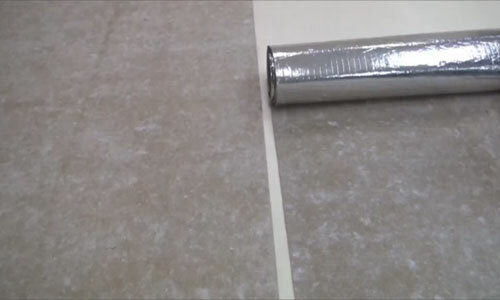
The cork substrate has a big disadvantage - it is afraid of high humidity, so it is advisable to use it with a waterproof primer. Also to the cons of this type of substrate can be attributed a high price.
The main varieties of the cork substrate are bitumen-cork and rubber cork substrates. The first version is made of kraft paper impregnated with bitumen and sprinkled with cork crumb( 2-3 mm).Its feature is that the laying of such material is corked downward, which provides micro ventilation and moisture removal. In this case, additional waterproofing is not needed.
Rubber cork under the laminated coating is presented as a mixture of synthetic rubber and granular plug. Such material is most effective in providing noise insulation, and also reduces vibration from various electrical devices.
Substrate three-layer for the laminated coating "Tuplex"
This is a composite( composite) material consisting of two layers of film, between which the polystyrene pellets are located. The upper part consists of high-strength polyethylene, which has the ability to withstand heavy loads, its function is to protect the laminate from moisture and steam.
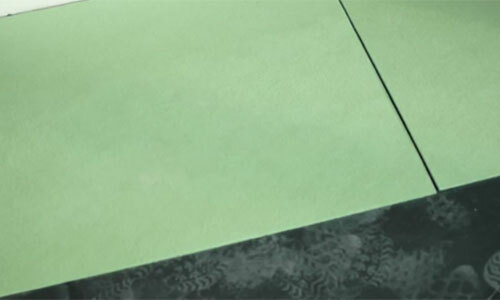
The lower part is much thinner and has micro holes that allow moisture to pass through to the polystyrene granules for further weathering by air flows to the spaces between the parquet board and the wall. All this significantly reduces the risk of damage to the parquet floor. To the minuses of this material can be attributed only a high price. Perhaps, this is the best substrate under the laminate.
Bituminous substrate
This material is relatively new in the construction market of our country, but it is already a significant success among buyers. Its main advantages are good noise and heat insulation, as well as protection from moisture. However, despite this, such a substrate has a significant drawback - bitumen mastic, which is its basis, contains a significant amount of formaldehyde, which became a ban on its use in many countries around the world. In Russia, they try to keep silent about this.
How do you know which substrate is best for laminate flooring from the whole variety of species and what should you pay attention to when buying it? Let's try to understand.
When choosing a web for a laminate coating, several parameters should be considered:
- Lifetime. Accordingly, the longer it lasts, the better.
- Easy to install. Strangely enough - the simpler, the more reliable.
- Thickness of the substrate. The recommended thickness - 2-3 mm, this will avoid bending and excessive depreciation.
- Value for Money.
A high-quality substrate increases the service life of laminate flooring.

